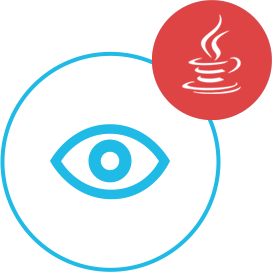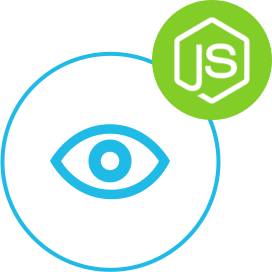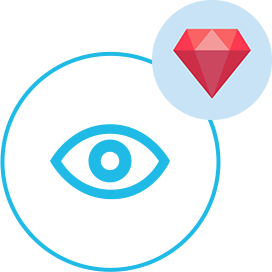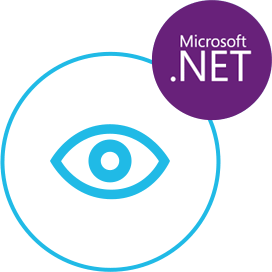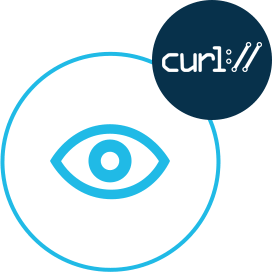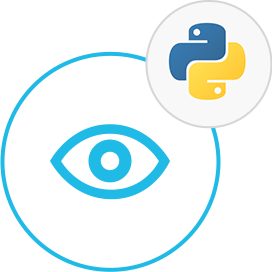Explore TXT Viewer for Android with GroupDocs.Viewer Cloud
GroupDocs.Viewer Cloud provides a seamless solution to view various document formats on the Android platform with ease and efficiency. With its user-friendly interface and robust functionality, users can effortlessly access and display TXT files directly on their Android devices. Whether it’s a simple text document or a complex TXT file, GroupDocs.Viewer Cloud ensures a smooth and hassle-free viewing experience for Android users.
By utilizing GroupDocs.Viewer Cloud for viewing TXT files on Android, users can enjoy advanced features such as zooming, page navigation, and text searching. This cloud-based solution offers unparalleled convenience and flexibility, allowing users to access and view their TXT files on-the-go. With GroupDocs.Viewer Cloud, Android users can easily open and read TXT documents without the need for any additional software or plugins.
With its reliable and secure platform, GroupDocs.Viewer Cloud ensures that Android users can view TXT files seamlessly and securely. The cloud-based service eliminates the need for manual file conversions or installations, making it a convenient and efficient solution for accessing and viewing TXT documents on Android devices. GroupDocs.Viewer Cloud is the ideal choice for users who require a dependable and user-friendly tool to view TXT files on the Android platform.
